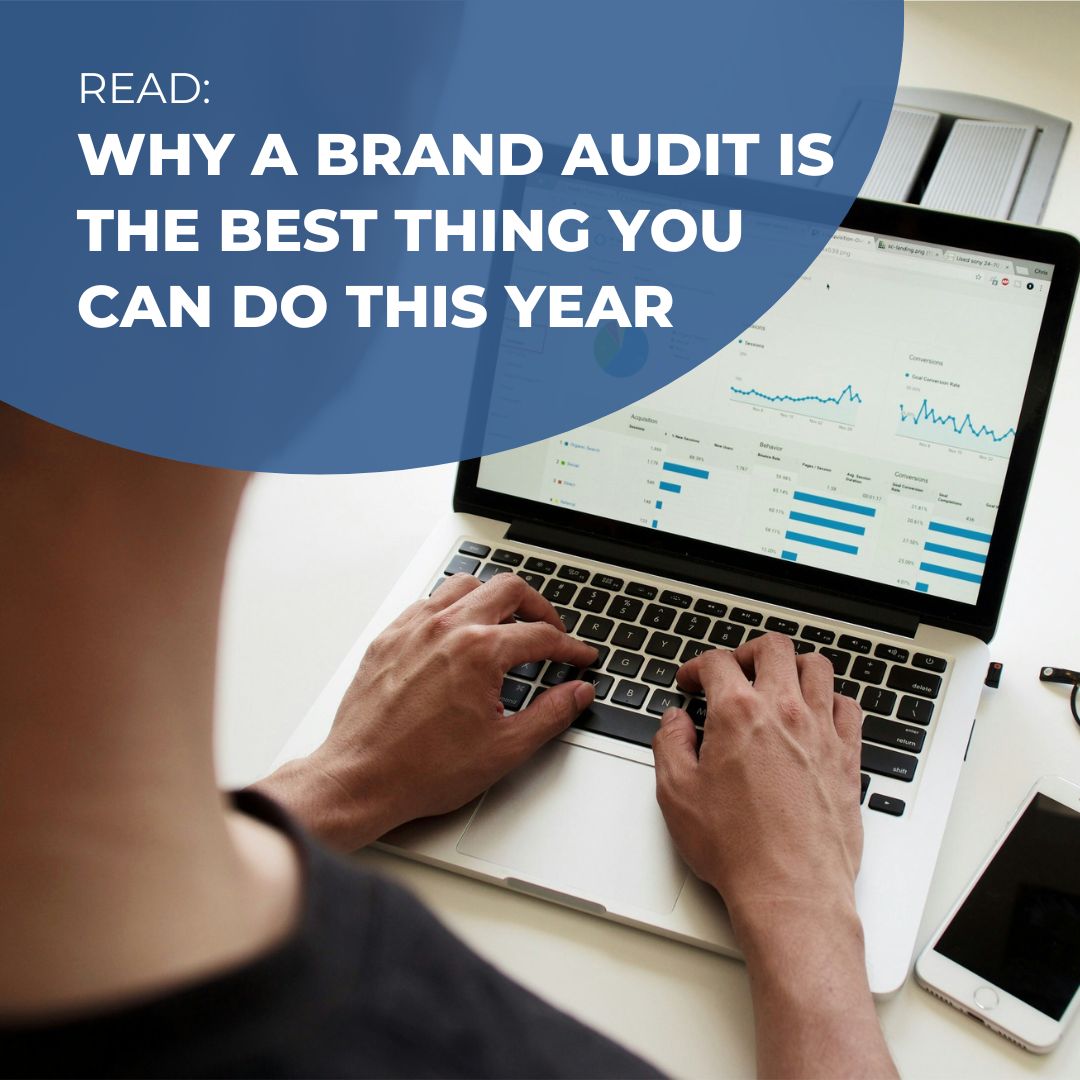Recently, General Electric, Toshiba, and Johnson & Johnson each announced, within the span of one week, that they were breaking up into smaller companies. For those of us who grew up with these brands in our homes, it was a watershed event. We lived in the era of these conglomerates being stalwarts of a global economy.
All three companies are well over 100 years old. GE was founded by Thomas Edison in 1892, J&J in 1886, and Toshiba in 1875. For many people, these brands defined corporate stability.
When the news began to break, my first thought was: what would happen to their respective employer brands? (When you’re an employer brand geek like I am, you tend to think that way.)
Not too long ago, these brands had very impressive stories to tell about businesses steeped in history with rich cultural traditions. Now, they’ll have to create new stories apropos of the new entities that they are becoming.
True, the constituent businesses are not going away. GE Aviation, for example–one of the three businesses to be spun off from General Electric–will continue to be a major aviation company. And it was founded in 1917, so the history of that portion of GE will continue through them.
But, for all of these employers, it had previously been that, “the sum of the parts is not greater than the whole.” While stockholders will likely benefit, each of these new companies will have to revisit the relationships they have with their employees and potential employees and overhaul their employer brand efforts accordingly.
There will be the traditional questions from employees about the new organizations: How will this affect benefits such as 401(k) plans or stock ownership plans? Who will the new leaders be?
But there are also the more personal, and often, more impactful ones: How does this affect my career development? Is this a company I want to work for?
Coming at a time when many are talking about “The Great Resignation”, these events will spark a wave of re-examination on the part of many of the impacted employees. It could be an inflection point when they decide that since the old company is going away, maybe it’s an opportunity to seek out a completely new career path.
Compounding these problems is the fact that unwinding such large, established companies doesn’t happen overnight. The announcements talk about processes that will take well into 2023 to complete. So what do employer brand teams do in the meantime while waiting on the corporate restructuring?
First, as dire as things may seem, don’t be too hasty to recommend solutions. Observe closely how the dissolution proceeds, and map out strategies as the final picture emerges of what the new businesses will look like, and the timeline for their emancipation. It’s important to be incredibly prepared and agile for whenever the roadmap to break up takes place.
That means insisting on being included in as many discussions relating to the restructuring as possible, especially those relating to internal communications, benefits, and other key elements of the relationship between the organization and its people. Many human resource leaders don’t see internal communications as part of the employer brand. However, every touchpoint with a candidate or employee is a chance to brand and market to them. Organizational communications do just that.
Some employees will inevitably be affected adversely; make sure it’s clear what the organization plans to do so you can advise how those communications may affect the employer brand. In this day and age, it’s essential to assume every internal communication could be shared externally, so it’s important to consider the potential impact to the employer brand. Employees impacted will share how they were treated on Glassdoor and other review sites for months to come, which is an important consideration in the role employer brand plays.
Recruiters will need strong talking points to share when potential recruits ask about the transition underway. (Just because the parent company is breaking up doesn’t mean recruiting stops.) Employer brand teams can help develop those talking points and work with recruiting to learn what’s most important in candidates’ minds, which talking points resonate, and those that don’t. You can develop a set of frequently asked questions (FAQs) to post on your careers website and fine tune them in response to the feedback you receive. Proactively making these suggestions will demonstrate forward thinking and planning.
Employer brand pros also need to think about their own careers. Experience like this in the corporate world can help identify similar opportunities at another organization, or as a consultant, sharing expertise with clients. As someone who has worked on both sides, I can attest that they both have their appeals. If you’re the inquisitive type (as I am), consulting gives you the incredible opportunity to learn about new industries, business models, and corporate cultures, all of which can be fascinating. It requires the ability to use your experience to find out what makes the client culture tick and how to optimize it and then deliver actionable advice in ways that will resonate with the clients’ decision makers. That can be difficult, but, if you’re up for the challenge, incredibly rewarding.
As the old pop song tells us, “breakin’ up is hard to do.” It becomes infinitely harder when tens of thousands of employees are affected.

.jpg)

